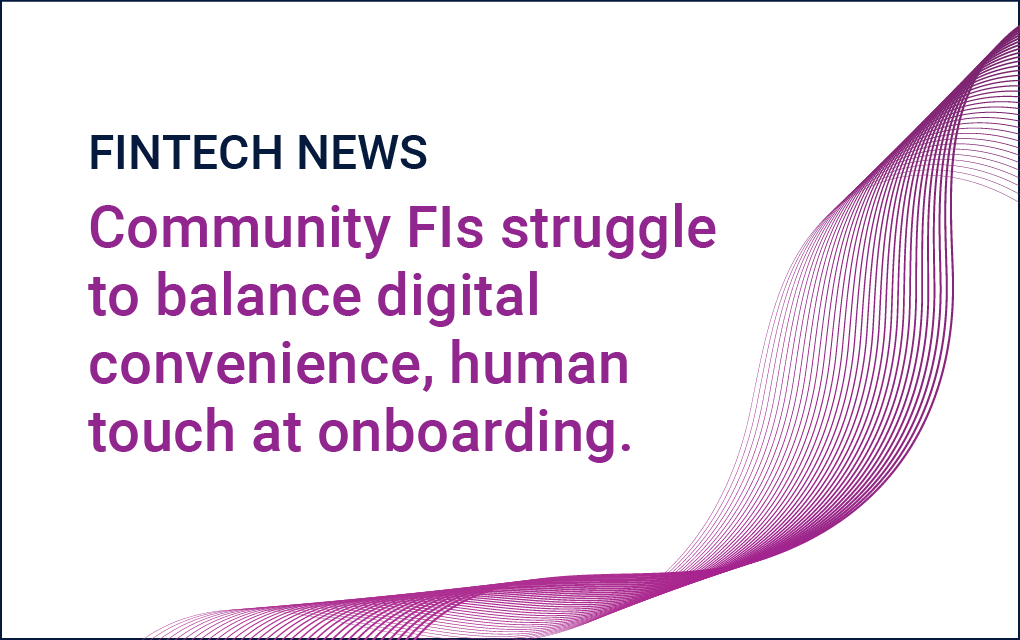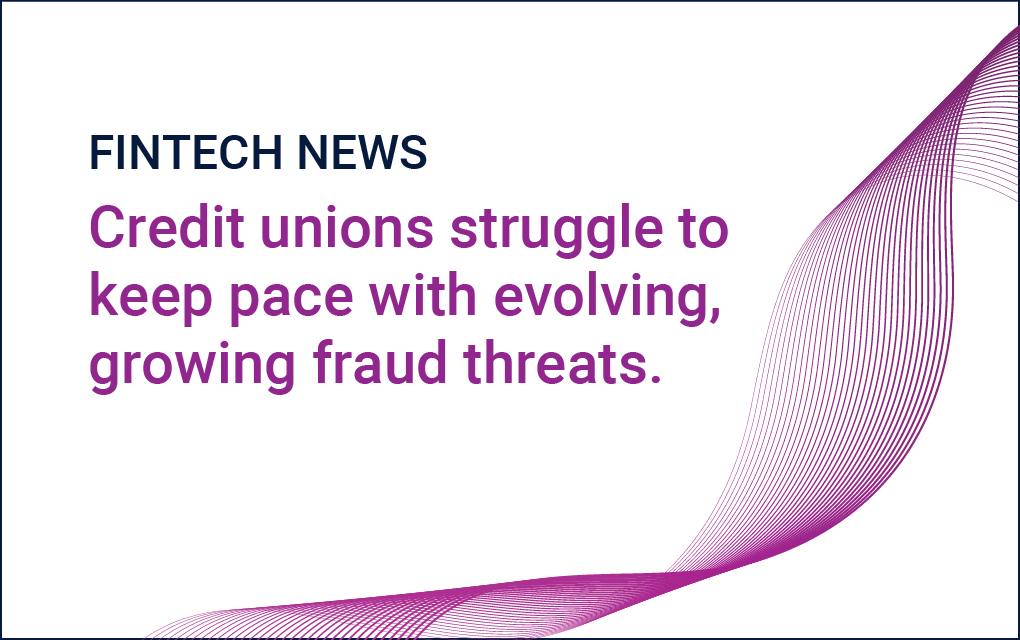FINTECH NEWS
Credit unions reevaluate indirect strategies as fintech partnerships gain traction
Pathways Financial Credit Union in Columbus, Ohio is breaking away from the traditional indirect lending model, and the results so far are positive.
In a bid to remain competitive in a rapidly evolving lending landscape, some credit unions are pivoting away from traditional indirect auto lending and turning instead to fintech partnerships to drive loan growth.
Pathways Financial Credit Union, a $754 million-asset institution based in Columbus, Ohio, is among those leading the shift.
The credit union exited the indirect auto lending space a couple of years ago, citing operational burdens and thin margins. Now, it’s turning to fintech firms to source indirect loans — though in a form that looks markedly different from the auto dealership model that once dominated the space.
Pathways moved away from the traditional indirect auto lending model and is now working closely with fintechs to help originate business, Curtis Onofri, chief lending officer at Pathways, said in an interview with Tyfone.
Under these partnerships, fintechs solicit borrowers, underwrite loans in accordance with Pathways’ guidelines, and facilitate closings. It’s very similar to auto indirect lending in structure, Onofri said, but the execution is far more digital and diversified.
These indirect fintech relationships can span a range of lending categories — from unsecured and secured personal loans to auto, medical, business, and even real estate lending. “It’s really about using the internet to source loans for members using the latest technology,” Onofri said.
Yet the shift to fintech-driven lending is not without its complications. “Just like auto lending indirect, there are plenty of opportunities to get into trouble,” he cautioned. “There’s a whole new set of challenges and learning curves involved.”
Story continued below…
WEBINAR
The Brutal Truth: Long-Term Digital Banking Partnerships Aren’t Always Pretty
Wednesday, October 1, 2025 at 2 PM ET
In the banking world, fintech partnerships are not all rainbows and butterflies. This session shows you how to convert conflict and tension into long-term growth.
- How to spot cracks before a partnership collapses
- How to realign expectations on both sides when things get rough
- Techniques to repair trust after it’s been broken
- When to fight for the relationship… and when to walk away
- Actionable strategies that can be employed on both sides of digital banking partnerships
Some of that can be mitigated by using products including Tyfone’s Quick Pay – a flexible, real-time loan repayment solution that works across all digital banking platforms. This solution streamlines payments for all types of loans, including indirect auto.
Despite its strategic pivot, Pathways still carried a sizable indirect auto loan portfolio — more than $33 million as of June 30, according to NCUA call report data. That’s in addition to $96 million in “other” indirect loans, for a total of $147.8 million in indirect loans outstanding in the first half of 2025. That’s more than double the $67.7 million reported in the same period of 2022.
Some credit unions opt to pursue both dealership-based and fintech-based lending simultaneously. When asked whether this dual strategy was considered, Onofri acknowledged it as a viable path for others — but not for Pathways.
“You pick and choose what programs make the most sense for your credit union’s strategy,” he said. “We left indirect dealer lending due to the thin margins and amount of work required to keep an indirect program running.”
By contrast, fintech partnerships alleviate some of that burden, though they introduce their own operational complexities. “No solution is perfect,” Onofri added. “And trying to be half into any one solution usually ends with lackluster results.”
Ultimately, he said, the right strategy depends on each institution’s priorities and management style. “For us, fintech made the most sense. Many other CUs will see indirect dealer lending to be a better opportunity. Some see no indirect as the best solution.”
“Just like auto indirect lending, there are plenty of opportunities to get into trouble. There’s a whole new set of challenges and learning curves involved.”
– Curtis Onofri
Chief Lending Officer
Pathways Financial Credit Union




